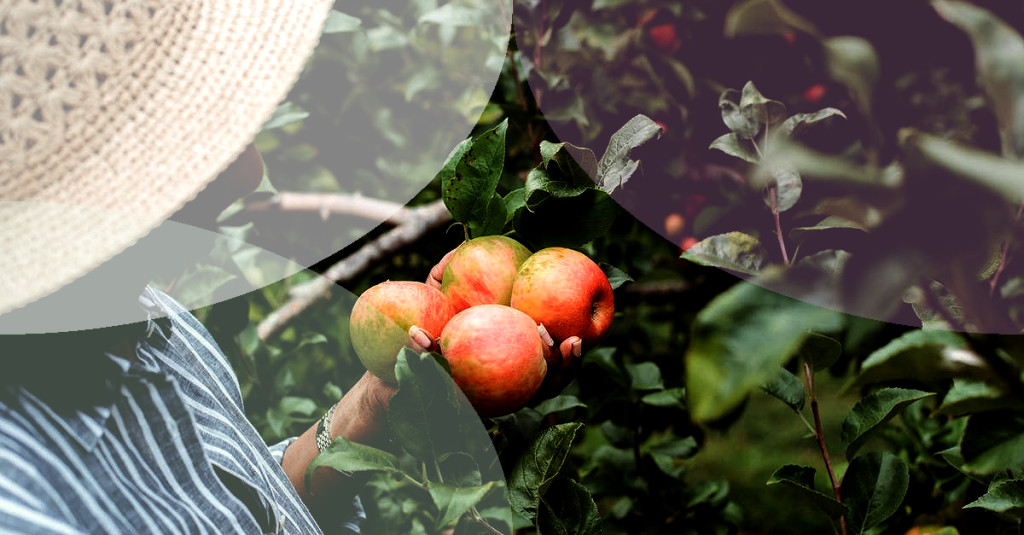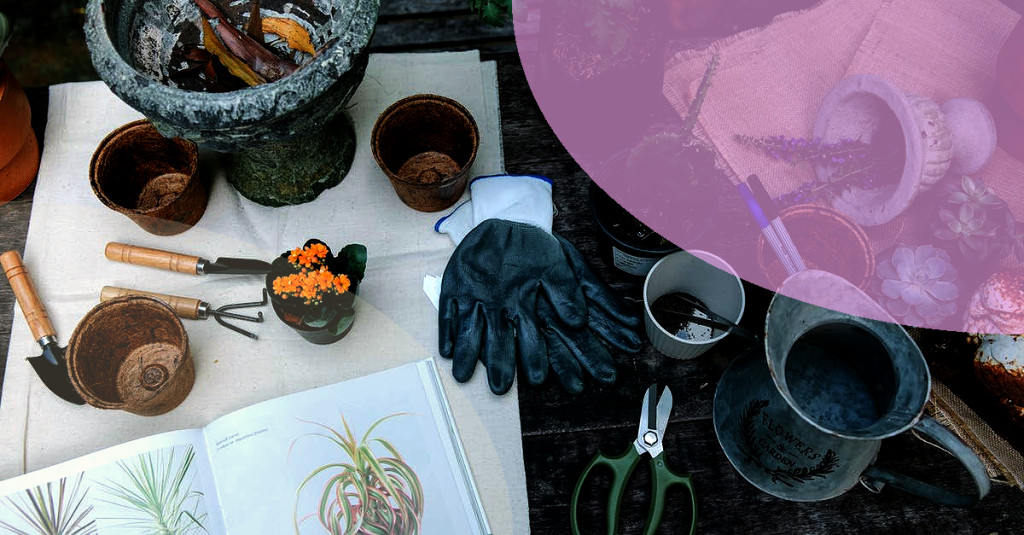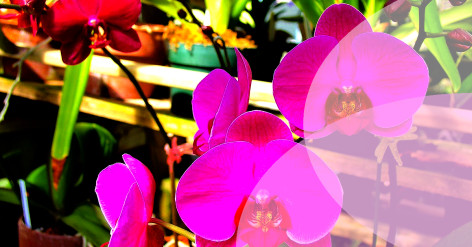Easy ways to start a garden from scratch

Step 1: Select Your Garden's Location
Gardening is a delightful hobby that encourages a connection to nature and offers us the chance to grow beautiful plants and bountiful produce. It may seem daunting to start a garden from scratch, but with a little dedication and the right mindset, even the greenest of thumbs can dive into a whole new world of garden glory. This article will explore some simple ways to nurture your outdoor oasis from the humble beginnings of a bare plot to a flourishing garden.
Step 2: Research Your Local Climate

The first step in starting a garden from scratch is to choose a suitable location. Consider the following factors when making this choice:
- Sunlight: Most plants need at least six hours of sunlight a day, so select a spot with ample sunlight.
- Drainage: Ensure that the chosen area can drain well to avoid waterlogged soil.
- Accessibility: Ease of access is essential for regular maintenance, watering, and harvesting.
- Space: Make sure you have enough space for your desired plants, noting that some may require more space than others.
Step 3: Plan Your Garden Layout
Understanding your local climate and soil type is crucial to your garden's success. Research particulars such as hardiness zones, first and last frost dates, and native plants to ensure you select plants appropriate to your environment.
The USDA Plant Hardiness Zone Map [^1^] provides information about the perfect plants for your climate. In addition to this handy resource, consult with local gardeners or nurseries for expert advice.
Step 4: Prep Your Garden Soil
Before you start digging, spend some time planning your garden layout. Determine whether you'll be doing in-ground, raised bed, or container gardening, and think about the plants you'd like to grow. Sketch your design on paper, remembering to factor in proper spacing and sunlight for each plant.
Mixing flowers and vegetables can enhance the visual appeal of your garden, provide natural pest control, and encourage pollinators. Companion planting [^2^] is an excellent way to maximize your garden's potential effectively.
Step 5: Choose Your Plants

Nurturing your soil provides an essential foundation for your plants. To prepare your soil:
- Remove any existing grass, weeds, or unwanted debris.
- Turn or till the soil to loosen it and improve drainage and aeration.
- Test the soil's pH level and nutrient profile using a soil testing kit. Amend the soil accordingly by adding compost, organic material, or specific nutrients as needed.
Step 6: Planting and Care

Itâs time to choose your plants! Select plants suited to your climate, soil, and sunlight conditions, prioritizing native varieties that will thrive locally. Consider starting from seeds, seedlings, or mature plants, depending on your budget, time, and gardening goals.
Step 7: Cultivate Patience and Watch Your Garden Grow

Now that you have your plants, it's time to put them in their new home! Determine the best time to plant (typically in spring or fall), following guidelines for each plant's specific care needs. Once in the ground, keep a consistent watering schedule and provide appropriate nutrients to support your plants. Also, be diligent with weed and pest control, using organic methods for a more environmentally conscious approach.
Gardening is a rewarding but patience-driven activity. Watching your garden grow through regular care and effort can be deeply satisfying. Keep learning and evolving your gardening skills, and soon you'll find yourself with a vibrant, thriving garden to enjoy for years to come.
Remember that a garden is a living, breathing entity that will change and adapt over time. Embrace the journey, learn from your experiences, and nurture your newfound hobby to craft a uniquely personal reflection of your passion for nature. With time, determination, and effort, your garden will take root and flourish, becoming a rewarding testament to your dedication and care.
[^1^]: USDA Plant Hardiness Zone Map
[^2^]: Companion planting guide




